Sevdaliza Questions Human Authenticity
|BETHANY WRIGHT

Dutch-Iranian musician Sevdaliza views herself as “a messenger.” Motivated by dissembling misconceptions of womanhood and the Middle Eastern experience, she draws on elements of contemporary nihilism and compounds them with the supernatural in both videos and tracks that span a multitude of genres.
These have likened her to Homogenic era Bjork, Siouxsie and the Banshees’ “Dazzle,” Portishead’s trip-hop, and even Alicia Keys in deeper cuts, but comparison and categorization are futile, as Sevdaliza moves seamlessly between alternative R&B, avant-pop, electronic, and gabber.

Before her music career, Sevdaliza was a professional basketball player for the Dutch national team. After sustaining a career-ending injury, she studied communication at university and worked in marketing. At 24, she started teaching herself how to sing and use the Ableton on the internet. As an advocate for technological advancement in the arts, she has stirred up controversy by allowing full AI access to her voice and by creating and collaborating with her robotic doppelgänger, “Dahlia,” who made their debut on the EP Raving Dahlia in 2022, which explores the almost superhuman societal expectations cast on women.
Here, ahead of Sevdaliza’s new single “Take A Ride II,” Bethany Wright speaks to the artist about female artistry, modern protest, and deep faking Madonna.

BETHANY WRIGHT: You have often described yourself as an autodidact. How does being self-taught shape your practice?
SEVDALIZA: As a woman in the music industry, I’ve seen first-hand that self-reliance is truly paramount in protecting your vision and I have embraced this philosophy since I first dove into music production. I began making music later in life, which gave me the self-assurance to focus on developing my creative process without succumbing to external influences. I spent many hours teaching myself how to produce in the studio.
I’ve learnt by trial and error, drawing inspiration from various sounds and audio techniques that I could then dissect, re-arrange, positively butcher, and integrate into my own approach. In the beginning, I focused much more on intuition and feeling than on technical detail. Ultimately, it is the reason my music speaks in the way that it does. It was never about following some pre-defined path, it was about carving my own.
BW: You traverse many different genres—for example, “Nothing Lasts Forever” (ft. Grimes) is a collage of gabber, pop, trance, and electronic. How do you juxtapose these tempos and sounds together?
S: The truth is, I don’t force it. There’s a certain beauty in embracing the unexpected. I might have initial ideas, a rough sketch of where the song might go. But the process often takes on a life of its own. My moods and intent often shift, one sound will develop into something completely different. Ultimately, the song dictates its own path. It’s about finding the sweet spot for each element, the sonic placement that creates the right atmosphere. I’ve always been drawn to bending genres, to finding hidden order within chaos, and ways of weaving seemingly disparate pieces into a cohesive whole.
BW: Your song “Nothing Lasts Forever” responds to the pressures of being a female artist. What experiences inspired you to write this song, and do you think the music industry is bettering its approach to female and “ageing” stars?
S: It’s something that lives in my mind, the crucible of being a female artist. I do believe it’s changing, we are seeing more breakthrough and established artists in their later years challenging expectations, but the music industry remains a complex landscape. Within the patriarchal confines of our society, there’s an undeniable fixation on female youth, coupled with a narrow view that equates womanhood with motherhood. This manifests as an array of judgments imposed on female artists—criticized for holding onto their youth, judged for evolving their sound as they mature, and scrutinized if music isn’t their sole focus. I’ve built my career on self-reliance, embracing evolution, and working to shift the narrative. But, unfortunately, being cast aside as one ages is still a reality for many talented women who vanish from the spotlight.
BW: In the music video you feature deep fakes. There is a lot of controversy surrounding deep fakes as they stir up fear about human authenticity and the future of humanity. What drew you to this medium? And why did you choose to deepfake Madonna?
S: Deepfakes’ ability to disrupt our understanding of reality is fascinating to me. It forces us to question the essence of human authenticity in the digital age, where the boundaries between real and fabricated have become increasingly blurred. Madonna’s presence transcends her status as an icon. She embodies the ongoing struggle for equality, constantly pushing against societal constraints, and consistently reinventing herself while staying true to her core. In the words of Madonna herself, “People say I’m controversial but I think the most controversial thing I have ever done is to stick around.”


BW: The music video for your 2020 release “Oh My God” was originally a montage of film footage showing you as a child and commented on stereotypes about the Middle Eastern experience. Now, it is a 5-minute thriller film that you co-directed, which follows you being watched and then captured by a small fleet of armed men. It ends with the introduction of Dahlia, your AI “femmenoid” artist. The film has been described as a protest song, speaking on the conflict between Iran and the US. Other interpretations of the video and song say it symbolizes the idealized version of yourself, intending to be an embodiment of your frustrations and pressures. What were your reasons for changing the video? Did its meaning, at least for you, change in the process?
S: “Oh My God” started as a personal statement stemming from the feeling of being watched, judged, and controlled, and the pressures that transcend borders and backgrounds. The second video clip was an evolution of the first. I wanted to add to the narrative. The evolution of the music video mirrors the intuitive and collective essence of my music, rooted in my Iranian heritage. “Oh My God” is more than a personal story; it’s a collective call to action, urging voices to be heard and stories to be shared.The meaning of the video, especially for me, changed significantly throughout this process, expanding its scope from a personal reflection to a broader protest song addressing the pervasive anxieties of our times.
BW: The concept of the “femmenoid” is similar to that of the “vocaloid” as seen in Japanese pop culture with “artists” like Hatsune Miku. How have you adapted this concept?
S: The concept of the “femmenoid” emphasizes a deeper focus on emotional connection and active collaboration. Dahlia was conceived as a bridge between humanity and the future, representing the “perfect” woman. She can emulate my voice, my productions, my artistry. While reminiscent of the vocaloidconcept, Dahlia’s existence extends beyond vocal synthesis; she takes on a tangible form—a physical robot companion to navigate the complexities of existing in this current landscape.
BW: How has Dahlia changed your approach to music? How do you and Dahlia interact?
S: Dahlia and I are intertwined, forming a symbiotic relationship that merges the organic and synthetic realms, enriching each other’s creative processes. Dahlia’s ability to learn and adapt became the catalyst for our growth. As I experiment with new concepts, she observes, interprets, and pushes back, defying the limitations of the algorithm. This constant exchange, this dance between the established and the unforeseen, allows us to reach uncharted waters.


BW: You have made your AI voice open access so that it can be used by others. Why?
S: I decided to open access to my AI voice as a way of democratizing creativity and empowering others to integrate this unique sonic element into their own artistic expressions. Witnessing the diverse and innovative ways Dahlia’s voice model has been utilized is beautiful. It’s not just my voice anymore. It is a shared experience of expression that extends beyond my individual work. It’s a testament to the boundless possibilities that happen when technology and creativity converge in the hands of a global community of creators.
BW: For many people, AI and its future uses are a source of fear and apprehension. Why do you feel so comfortable with it?
S: Often, fear is born from the unknown, but the unknown is also full of potential. It’s the very edge of human knowledge, where we innovate. As we delve deeper into AI, acknowledging the uncertainties is crucial. However, this shouldn’t overshadow the possibilities for this technology to revolutionize various aspects of our lives.
BW: The new EP traverses a global soundscape, with elements of bossa-arabesque, electronic, gabber, Spanish rap, and beats. Could you talk about your main inspirations and process?
S: I drew inspiration from my surroundings and situations, from other art forms, films, poems, sculptures. The process was very collaborative, a lot of hours, a lot of focus.
BW: You have remarked that ISON (2017) will be the best piece of work you ever create—do you still feel this to be true and how does this EP compare to your previous work?
S: I don’t feel this EP needs comparison to my previous work, it’s a stand-alone body that I’m looking forward to sharing. ISON will always hold a special place. It was a landmark moment in my creative journey. But as artists and humans, I believe we should be constantly evolving, pushing boundaries, and exploring new territories. Growth as an artist is a nuanced and ongoing process, often requiring us to confront limitations and venture outside our comfort zones. This upcoming EP represents that growth. It’s not about forging a testament to where I am now.
Credits
- Text: BETHANY WRIGHT
- Photography & Creative Direction: ESRA SAM
- Videographer: DAVID KILAGÖZ
- Fashion: JULIEN VASSEL
- Talent: SEVDALIZA
- Hair: SOPHIE WORTELBOER
- Makeup: ALESSA ELBA
- Nails: SAMMY DOES
- Production: FLINT STUDIO
- Publicist: EMILY GALE
- Fashion Assistant: MARIA MOTA
- Fashion Assistant: CLAUDIA AISA
- Hair Assistant: WIARDI KOOPMEINERS
- Production Assistant: SAM MORSINK
- Light Assistant: KARSTEN BONNAIRE
Related Content
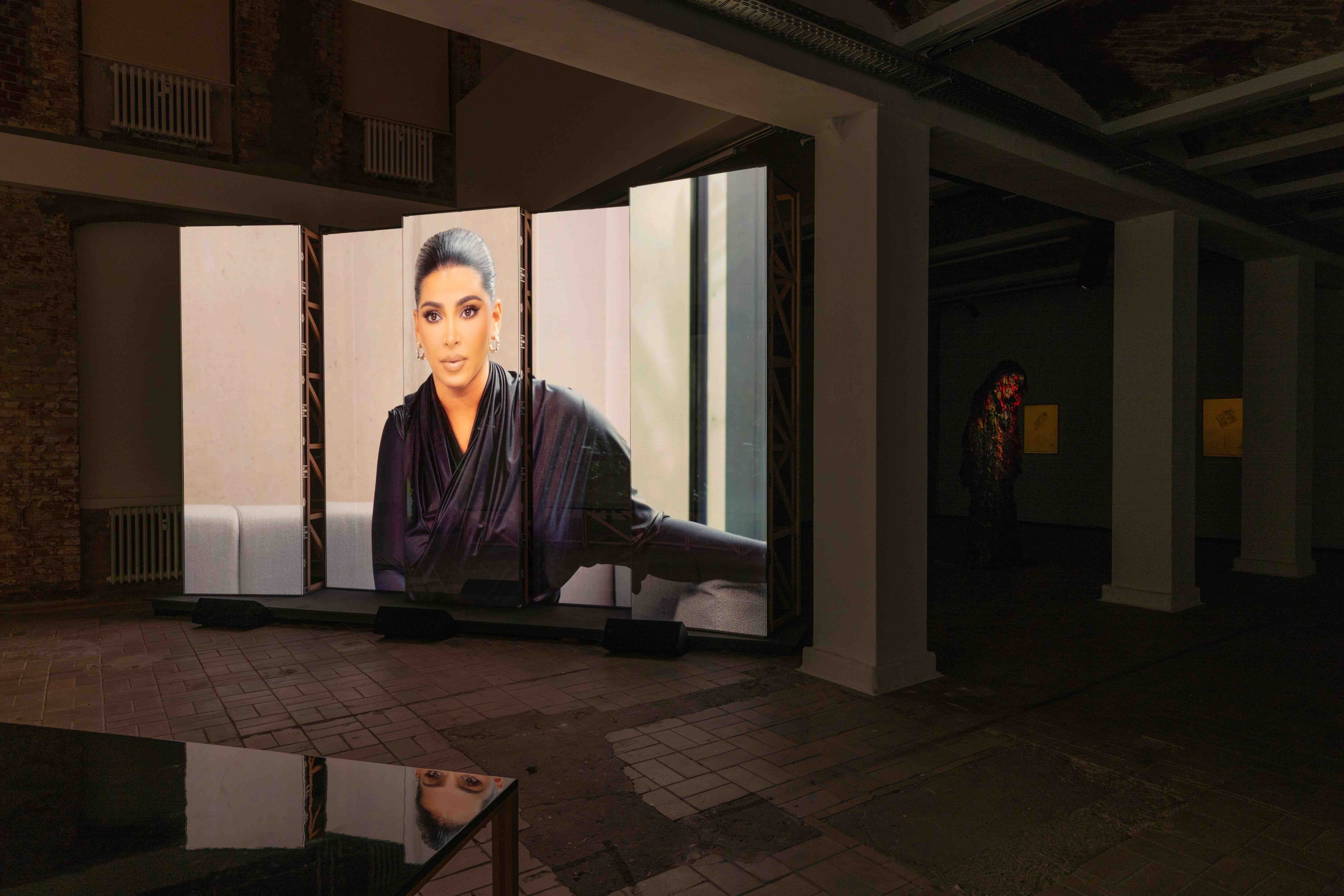
INVENTING KIM KARDASHIAN: CHRISTOPHER KULENDRAN THOMAS
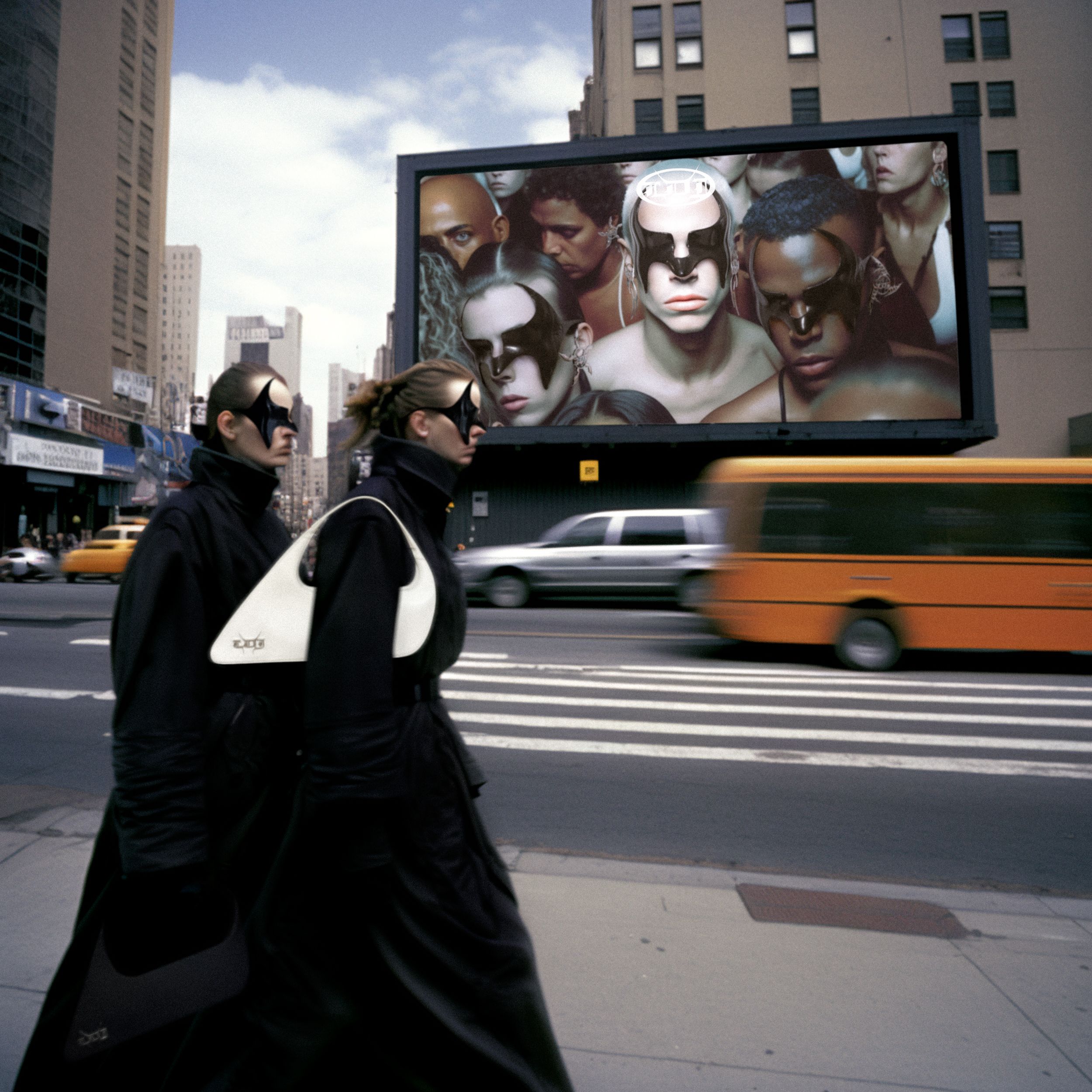
Notes From Underground: LUKE NUGENT’s AI Editorials Fictionalize Subcultures
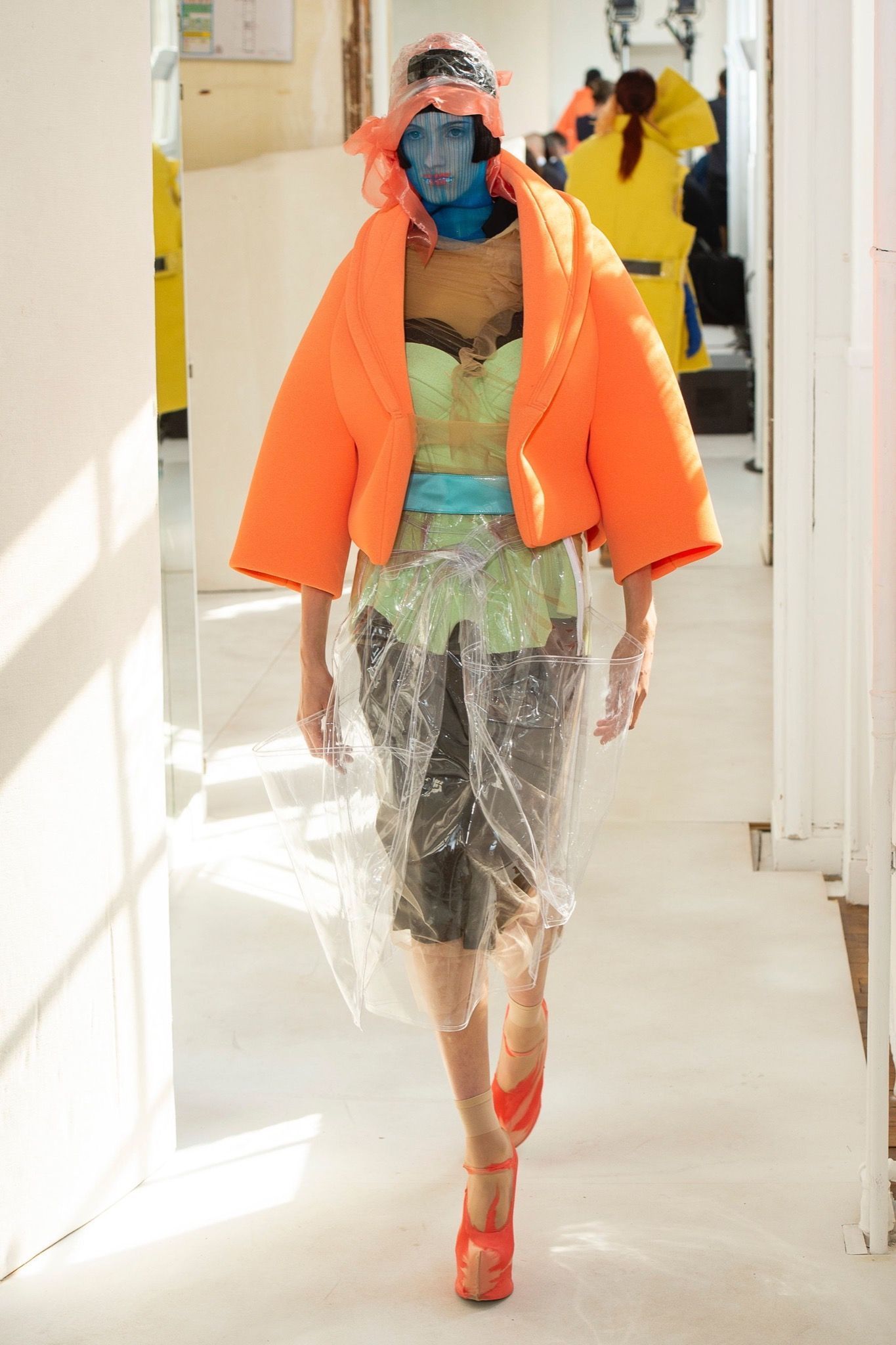
The Future of Couture: Neo-digital natives, blockchain luxury, and algorithmic customization
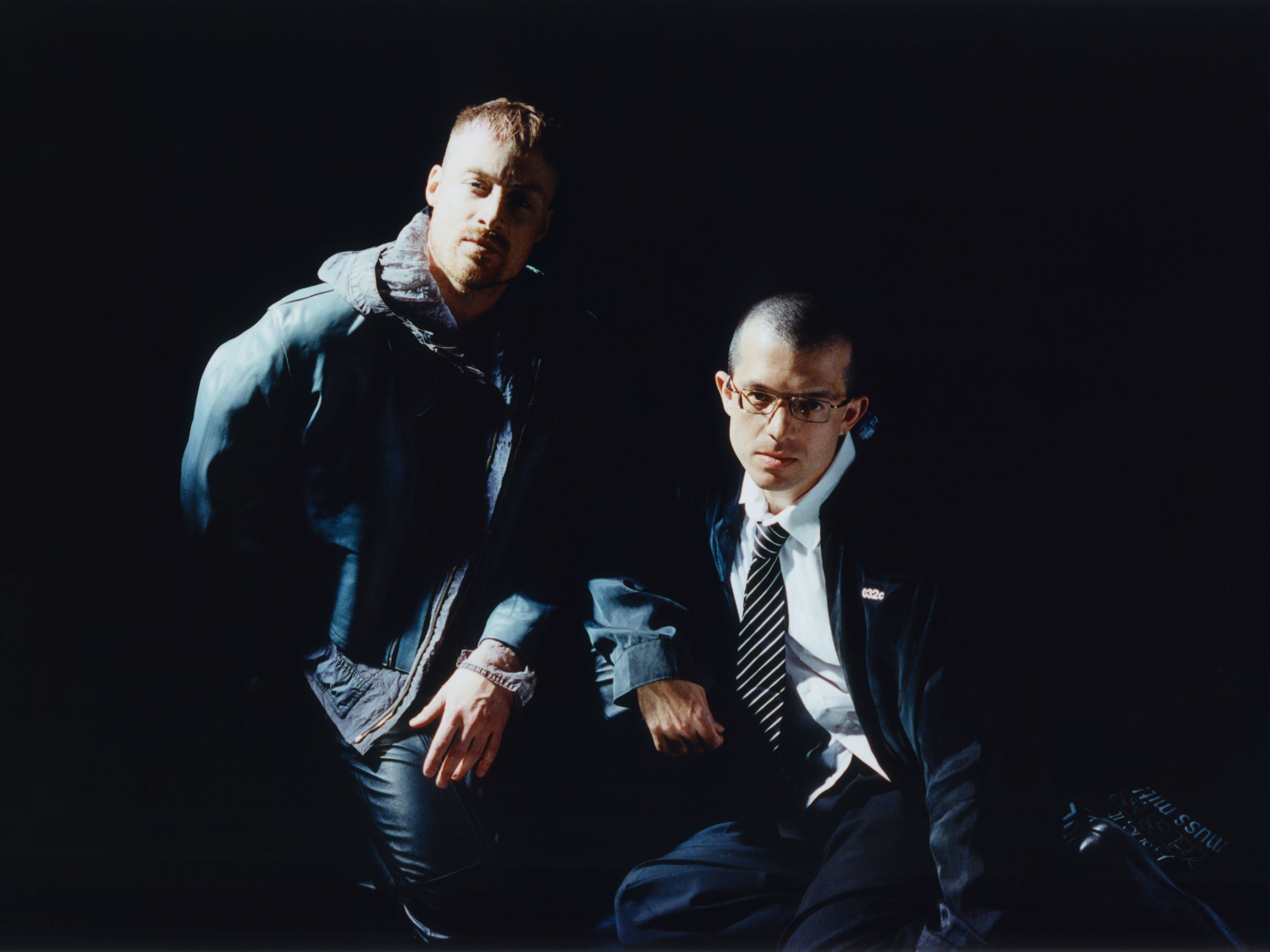
BILLY BULTHEEL and ALEXANDER IEZZI: Sculpting Music in Churches
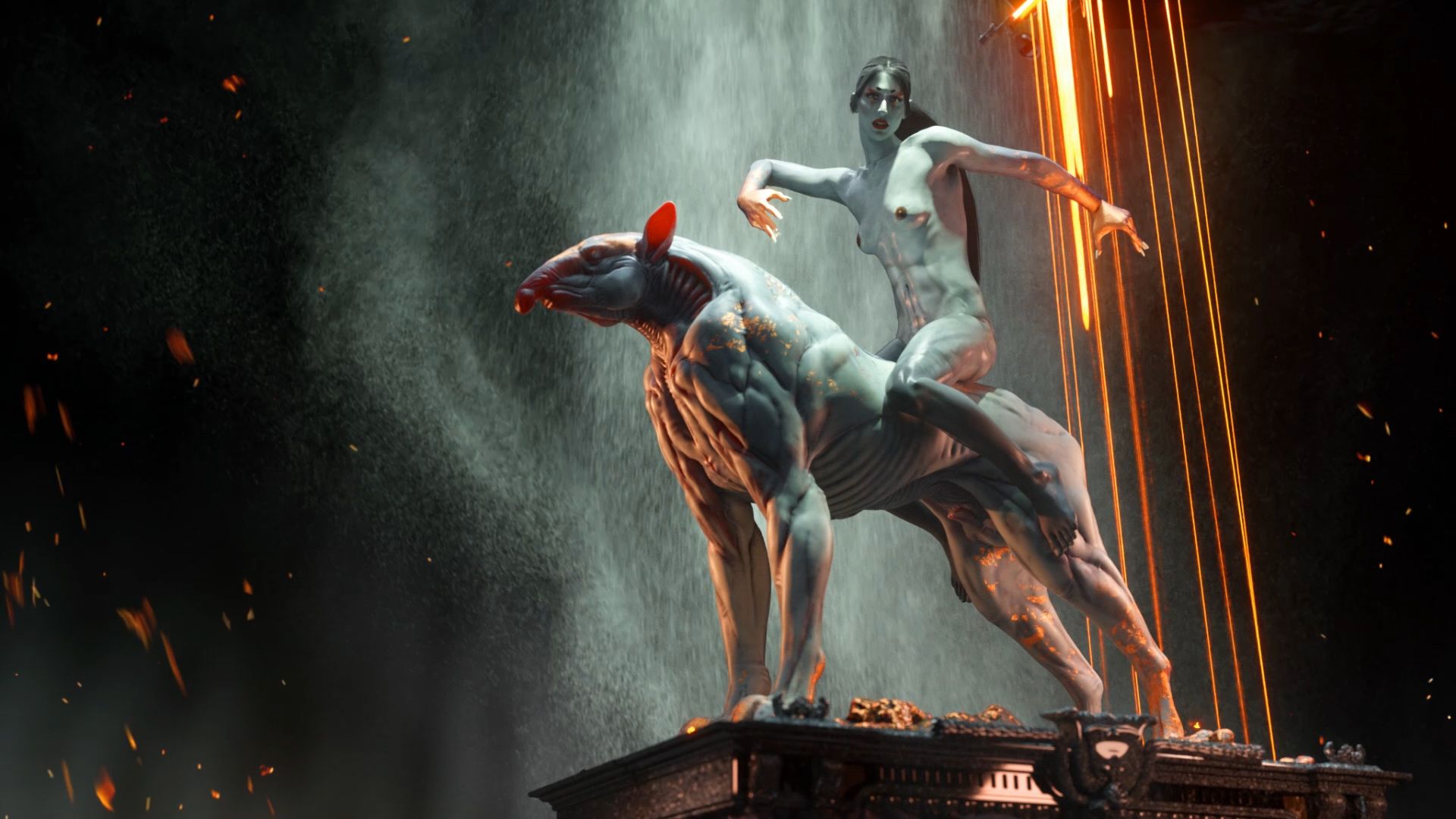
Digital Alchemies Resurrect the Dead
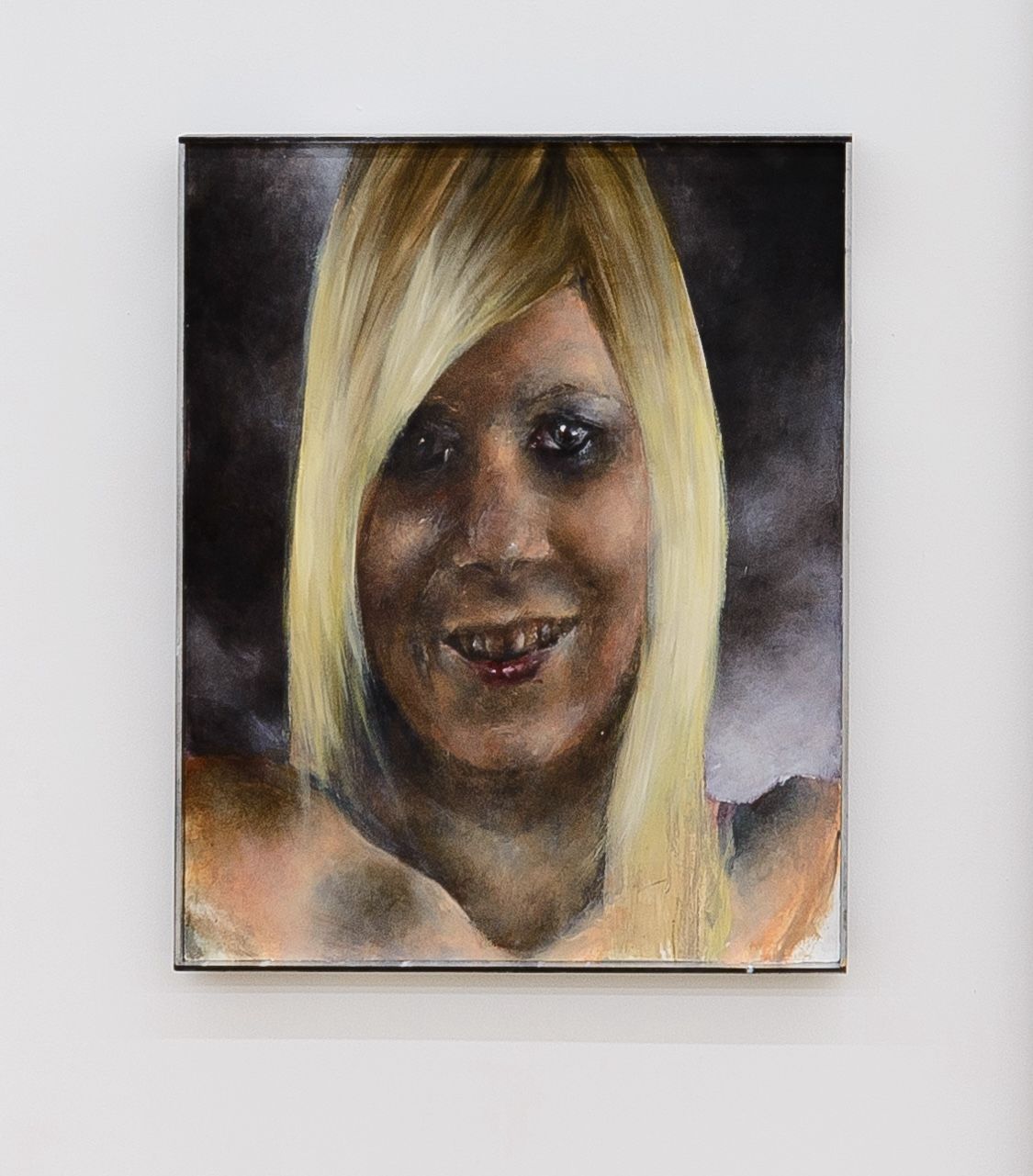
Image Spamming with Paul Hameline
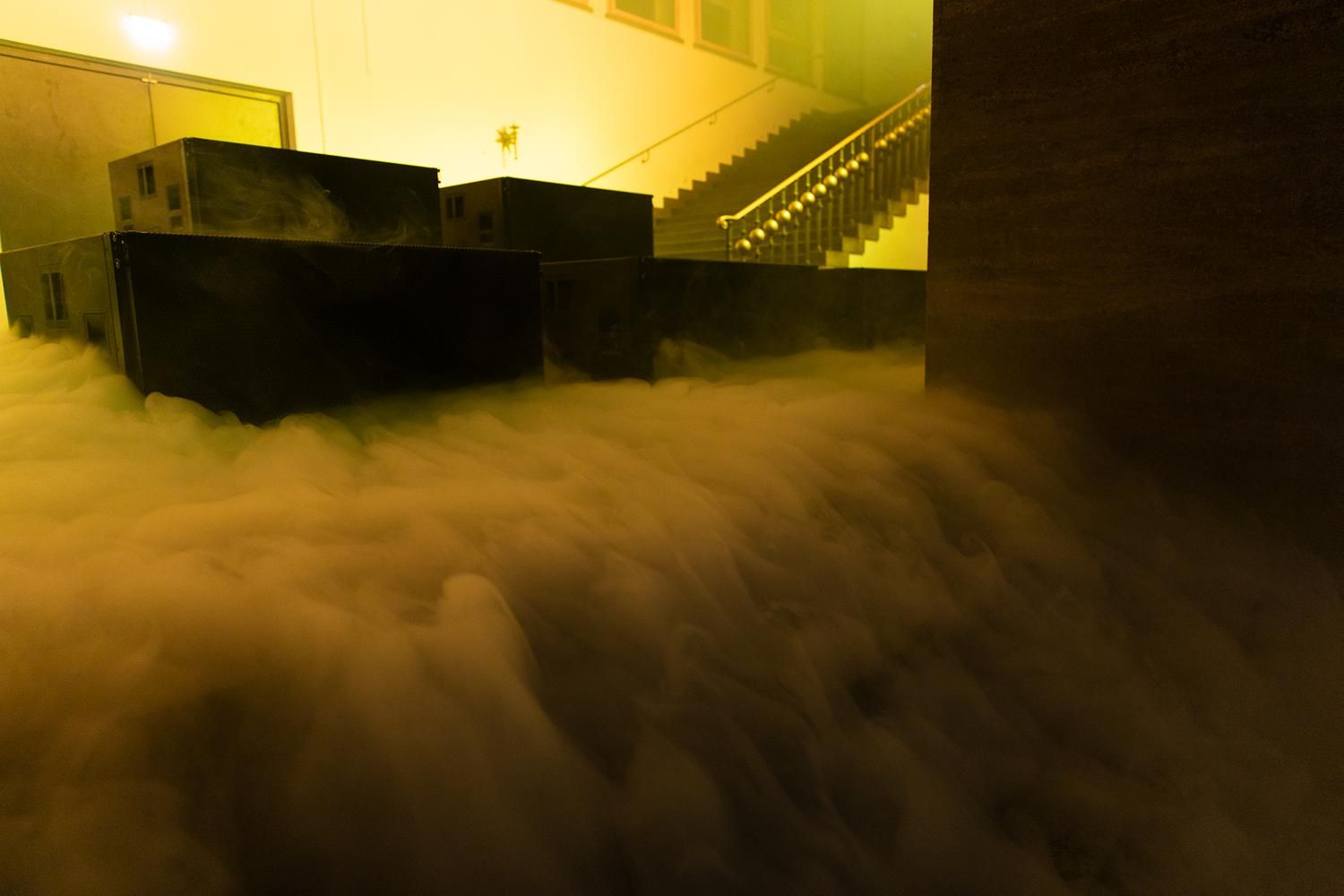
Post-Music: Apocalypse Soundcheck
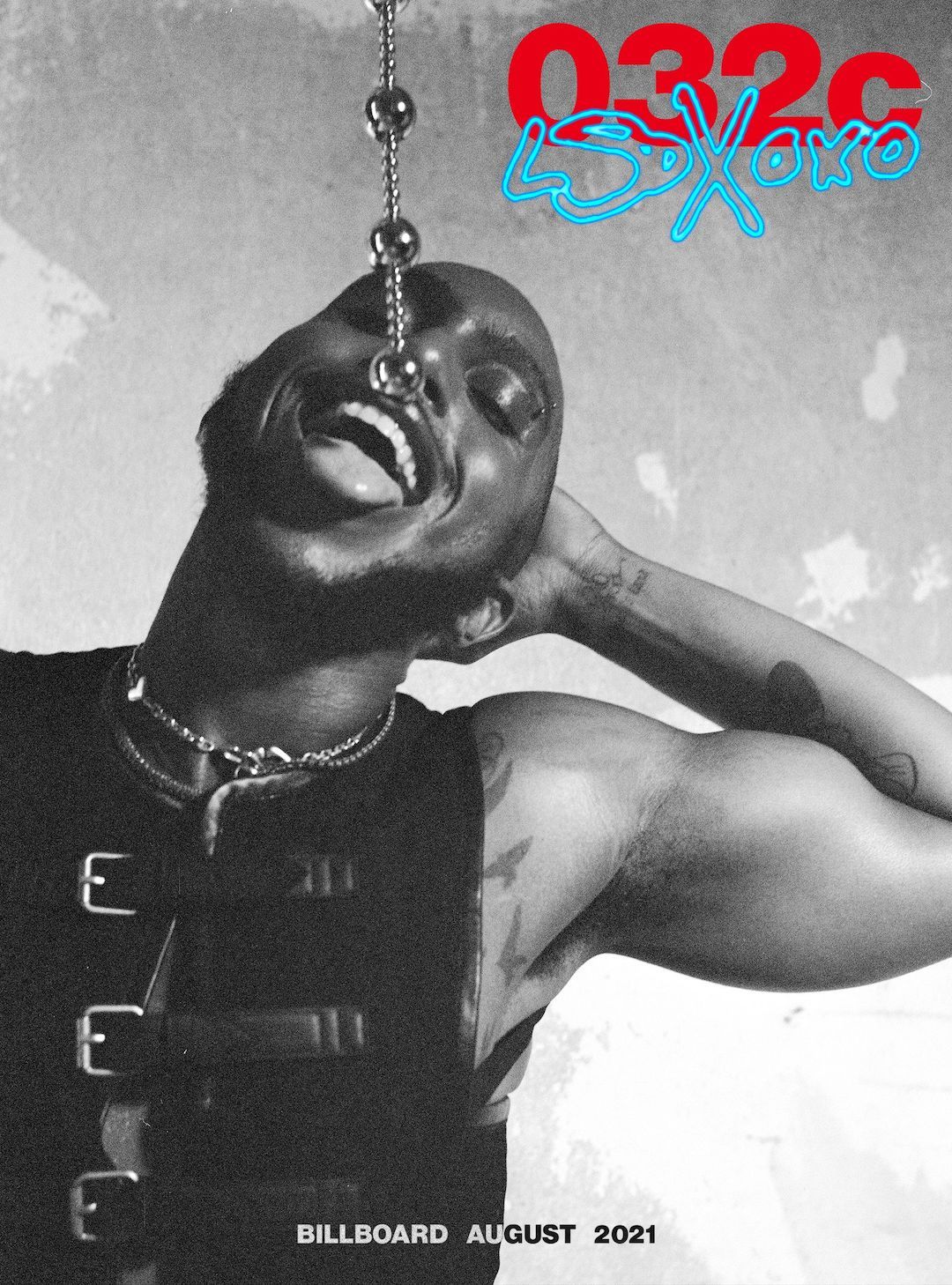
LSDXOXO: Staging the Full Fantasy